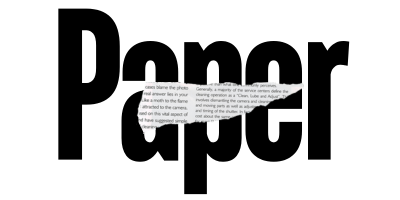Marriage can often be strained by financial challenges such as escalating debt, unemployment, and alterations in a spouse’s income. These pressures may lead to the dissolution of the marriage. When this happens, one or both spouses may be surprised to learn that Ontario’s property laws do not mandate the sharing of family debts. Under Section 4(5) of the Family Law Act, if a spouse’s net family property is less than zero, it is deemed to equal zero. This means that when debts are unevenly distributed or when one spouse holds most of the family assets while the other accumulates debt, financial challenges can persist beyond separation.
The Legal Impact of Debt Distribution
The legislation means that spouses are individually responsible for debts in their own names and jointly accountable for any shared debts. This can lead to difficulties, especially if one spouse holds a majority of the debt. For instance, if the Family Law Act’s provision were removed, a situation could arise where debts are shared more equitably. Currently, this lack of debt equalization can exacerbate financial difficulties for the spouse holding more debt.
Practical Examples
Two examples demonstrate how this legislative framework affects couples:
1. Significant Debt for Both Spouses
Assets and Liabilities Table:
| Item | Husband | Wife |
| Assets | $17,000.00 | $7,000.00 |
| Debts | $29,000.00 | $25,000.00 |
| Net Family Property | $0.00 | $0.00 |
| Equalization Payment | $0.00 |
In this scenario, the husband’s net family property is -$12,000.00, and the wife’s is -$18,000.00. They each remain individually responsible for their debts. If section 4(5) were repealed, the debts could be split equally, leaving each spouse with $15,000.00 in debt.
2. One Spouse Has Assets, the Other Has Debt
Assets and Liabilities Table:
| Item | Husband | Wife |
| Assets | $20,000.00 | $130,000.00 |
| Debts | $50,000.00 | $0.00 |
| Net Family Property | $0.00 | $130,000.00 |
| Equalization Payment | $65,000.00 |
The husband’s financial situation means he would net a debt of -$30,000.00, yet he is presumed to have no assets, thereby requiring the wife to make a $65,000.00 equalization payment. After accounting for the husband’s negative net family property of -$30,000.00, he would leave the marriage with $35,000.00 in debt, while the wife would have assets of $65,000.00.
Repealing section 4(5) could lead to a more balanced outcome, resulting in each spouse ending up with $15,000.00 in assets.
Legislative Implications and Potential Reforms
These examples show that the current application of Ontario’s Family Law Act in resolving family debts leads to unequal results. The Act’s preamble highlights equality and partnership in marriage, yet the actual practice under section 4(5) contradicts this ideal. A legislative review could address such inequality by abolishing or amending section 4(5), allowing for a fairer distribution of family debts.
Legal Perspectives
Justice Galligan of the Ontario Court of Appeal highlighted that the law aims to foster partnership and equitable distribution of marital assets. By ignoring family debts, the current legislation fails to uphold this principle. It is argued that addressing this issue in the legislation could result in more equitable outcomes.
Addressing Misconduct
Any concerns about unequal debt accumulation due to misconduct could still be addressed through section 5(6) of the Family Law Act. This section gives courts the discretionary authority to adjust net family properties if one spouse’s reckless or fraudulent actions negatively impact family property or debts.
In summary, a reevaluation of Ontario’s property law, particularly the provisions regarding debt distribution, could help ensure a fairer and more balanced approach to marital separations. Collaboration between legal experts and policymakers may provide the necessary reforms.











